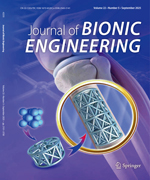As the frequent oil spill accidents happens and large quantities of oily wastewater from all kinds of industries are being discharged, the environment has been seriously polluted and our living areas have been horribly threatened. To deal with these issues, attentions have been aroused on the treatments of the oily wastewater. Recently, numerous superwettable materials have been fabricated. In this review, we summarize the new development of the materials for the separation of oil/water mixtures, mainly including the immiscible and emulsified mixtures. For the separation of immiscible ones, special materials with fixed wettability are firstly detailed, where three types of materials can be classified based on their wettability, i.e. superhydrophobic and superoleophilic materials, superhydrophilic and underwater superoleophobic materials, and superhydrophilic and su-peroleophobic materials. Then, the smart materials with switchable wettabilities responsive to external stimulus, for instance, light, solvent, pH, temperature, and electrical potential, are presented. Meanwhile, the single, dual, and multiple stimu-lus-responsive materials are also described. As for the separation of emulsified oil/water mixtures, the materials for the sepa-ration of water-in-oil (W/O), oil-in-water (O/W), and both water-in-oil (W/O) and oil-in-water (O/W) emulsions are sequen-tially introduced. Finally, some challenges are discussed and the outlook in this filed is proposed.

 Table of Content
Table of Content
 Table of Content
Table of Content